How can drones and other advanced systems improve the collection and analysis of farming information? And what can we do with better agricultural data?
These are some of the questions leaders from John Deere and Sentera are eager to answer following their recent business deal.
Announced on May 23, John Deere’s acquisition of Sentera, a company that provides remote imagery solutions for agriculture, aims to ramp up John Deere's existing technological services for farmers and other agriculture professionals. Specifically, the ability to leverage Sentera’s data collection tools gives John Deere greater ability to help farmers use uncrewed systems and other technologies to increase efficiency, enhance sustainability, and make more money.
Joseph Liefer, global technology marketing lead at John Deere, told Commercial UAV News that the acquisition enables John Deere to gain more information about growing cycles, plant health, harvesting, the profitability of farming operations, and much more.
“Our precision agriculture solutions today can collect a lot of data, and we are continuing to advance their ability to provide a more complete picture of the growing cycle, yield, and farmers’ profitability at the end of the season,” Liefer stated. “The awesome thing about adding Sentera’s aerial imaging systems is that we can start to fill in those missing pieces and get a more complete data picture. We can learn more about plant health, biomass, and other factors, and then the farmer, the ag retailer, the agronomist, and others can better understand the entire growing cycle and make better decisions on what actions to take.”
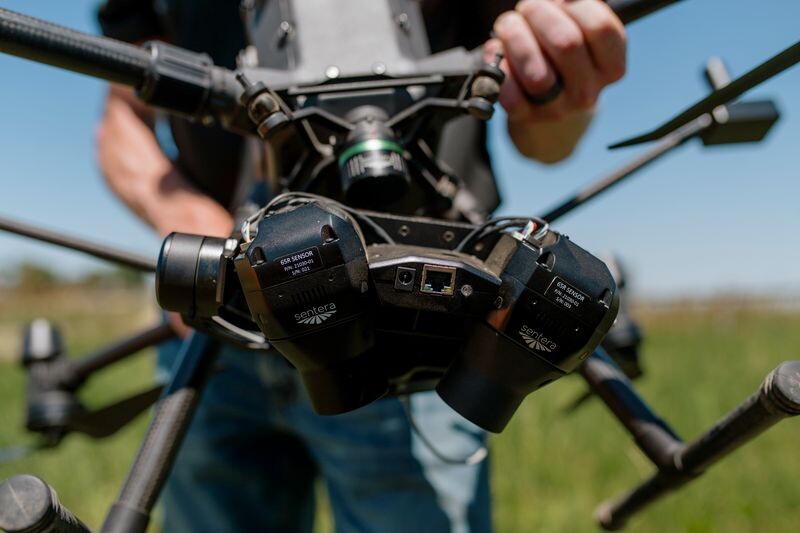
Building on Liefer’s remarks, Eric Taipale, Chief Technology Officer at Sentera, said, “Our goal is to take those analytics products that are generated off of our imagery and push it into a digital infrastructure that makes it easy to integrate with data sources that are already in it and make it easier to access that data. We want to enable our end-user customer partners to develop even more interesting capabilities by integrating all these data sources together—and we want to make it easy.”
Sentera and John Deere have a long history of collaboration. In 2016, the two companies established an API link between Sentera’s drone management software and John Deere’s Operations Center. Today, with the acquisition, John Deere can further integrate Sentera’s systems, including its SmartScripts drone weed mapping program.
SmartScripts uses drone-based imaging to provide precise weed location information and inform spraying operations. The companies believe that the integration of SmartScripts with John Deere’s See & Spray technology will unlock greater logistical and planning capabilities and give operators greater control over weed mitigation operations.
The integration of these two systems, Taipale explained, will allow spray operators to “identify where the weeds are and determine what species of weed is in that field.” Now, he said, operators will have more information to determine the right product for addressing certain weeds and “how much chemistry is needed.” Working off of better, more complete information, Taipale asserted, will determine “the amount of usage,” which will result in cost savings and provide environmental benefits.
“With advanced knowledge,” Taipale said, farmers and agronomists can “be much more effective and efficient and have much better economic outcomes. Everybody's saving money.”
Looking ahead, Liefer sees the John Deere-Sentera integration as adding greater efficiencies and profitability to not just weed management operations, but to a wide and growing range of farming use cases. “All the spaces we’re working in—corn, soybeans, cotton, wheat, barley, rice, etc.—can benefit,” Liefer said. “Providing a better understanding plant health and biomass really helps all crops.”
For Taipale, the acquisition presents an opportunity for advanced systems to provide greater value to farm operations. “The capabilities of our core data product have broadened tremendously through access to the talent pool that exists within John Deere,” he said. “Our aperture just got 50 times wider in terms of how the data product and the information we're producing can help growers. Our whole team is excited!”


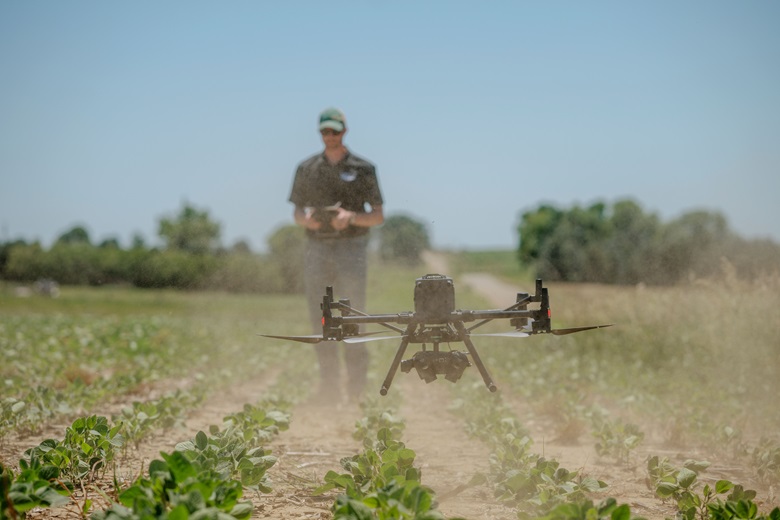


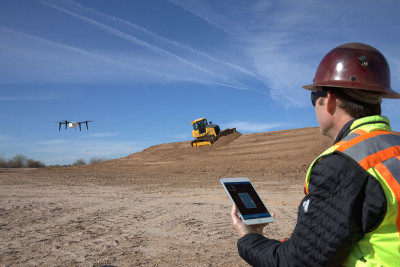

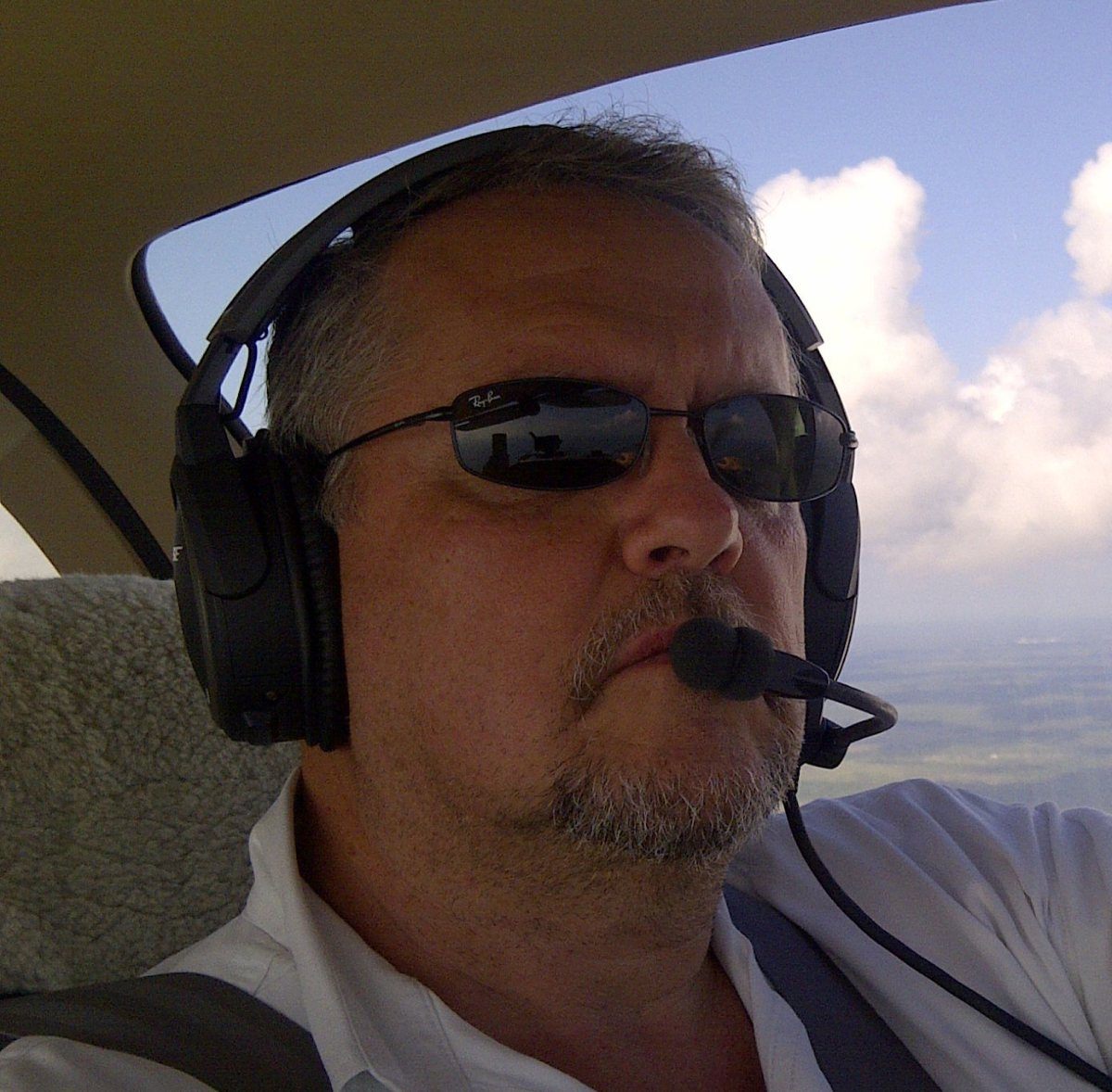





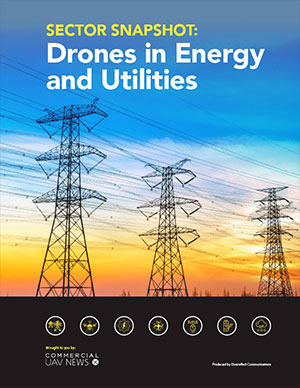

Comments